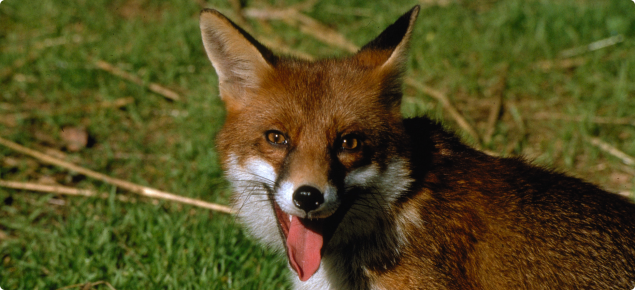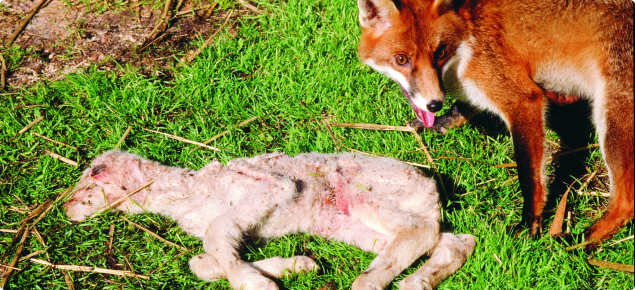Introduction
The red fox (Vulpes vulpes) is a native of the northern hemisphere where it occurs throughout most of Europe, Asia, North America and the northern coast of Africa. The red fox was first introduced from Britain into Victoria, for hunting with foxhounds, as early as 1845. Having become successfully established in Victoria by about 1870, it colonised most of mainland Australia over the next 70 years. Foxes are not found in the most northern regions of Australia, including the north-west Kimberley.
In Western Australia, the fox is a declared pest under the Biosecurity and Agriculture Management Act 2007 administered by the Department of Primary Industries and Regional Development. It is declared for the whole of the State in the management control category C3 and the prohibited keeping category. The Western Australian Organism List (WAOL) contains information on the area(s) in which this pest is declared and the control and keeping categories; use the links on this page to reach red fox in WAOL.
Characteristics
Red foxes are members of the dog family (Canidae), which includes dogs, foxes and wolves. Foxes range in colour from pale red to deep reddish brown on the upper parts. The underparts are whitish and the lower part of the legs is usually black. The tail is bushy and almost always tipped with white or black hairs. Initially, cubs have a short, dark grey fur which soon changes to a dark chocolate colour. As they grow, young foxes develop the reddish adult coat, and their rounded faces develop the pointed nose of the adult. Adults measure a little over a metre in length, including the tail, and weigh between 4.5-8.3kg; males are usually larger than females. Foxes have very acute senses of hearing and smell. They have long whiskers which give them information by touch, but their eyesight is less well developed.
Significance
Foxes cause economic losses by preying on free-range poultry, and occasionally on young lambs and kid goats. Studies of lamb deaths have shown that most lambs which die do so from natural causes such as starvation, and foxes often feed on the carcasses. However, some foxes do kill healthy young lambs and kids, and can cause serious losses in individual flocks. Foxes in urban areas have been found scavenging on waste food, stealing pet food, and killing backyard poultry.
There is strong evidence to suggest that foxes have caused the decline of many small to medium-sized species of Australian native mammals. For example, isolated populations of rock wallabies have increased when fox numbers have been reduced.
Foxes are the major carrier of rabies in Europe. Australia is free of rabies, but if it ever reached here, control of foxes would be a major problem in combating this potentially deadly disease.
Diet
Foxes tend to eat whatever is most easily available to them. Their diet includes invertebrates (for example, earthworms, centipedes, insects), fish, amphibians, reptiles, birds, small mammals, carrion, fruit and other plant material. The actual make-up of the diet in a particular area varies seasonally and depends on which foods are most available at the time. For example, where rabbits are numerous, they usually constitute the major food. Foxes have a habit of burying excess food for later use.


